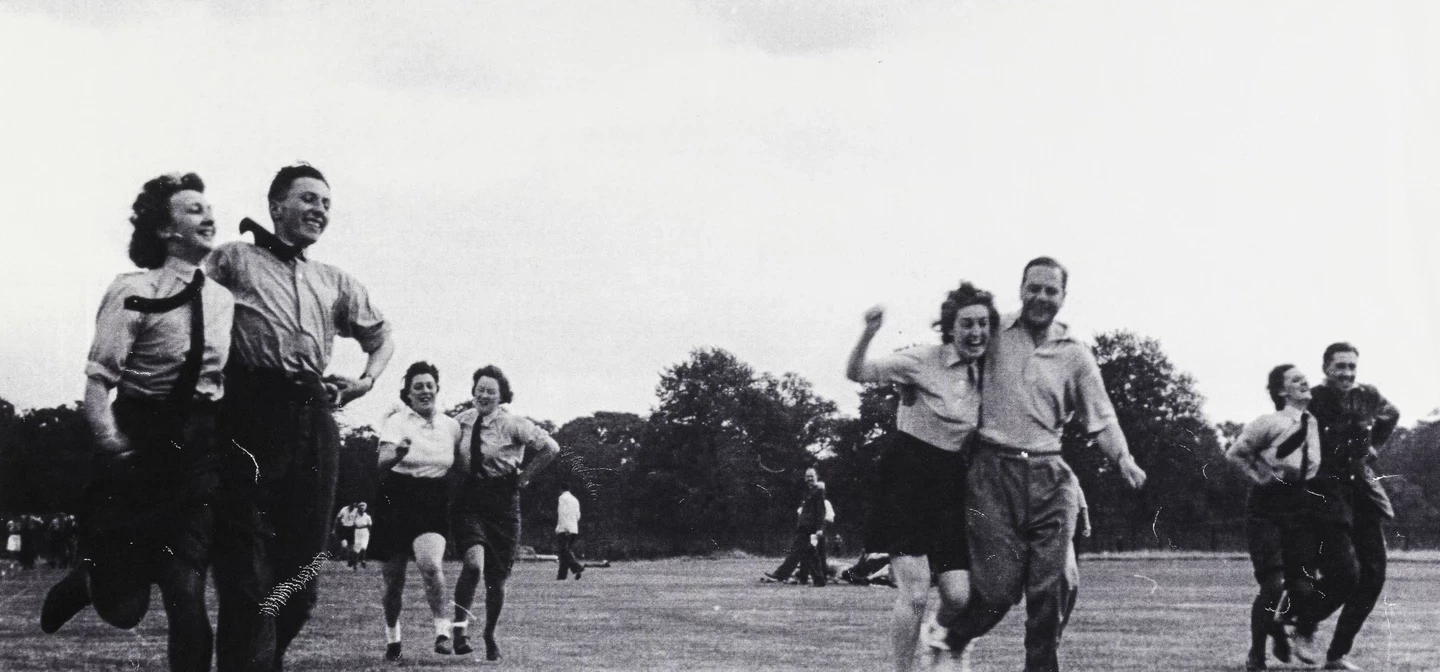
Life in Camp Griffiss
The men and women of Camp Griffiss worked hard – but they played hard too! The camp had much to offer when it came to leisure time: sports facilities, a cinema, theatre, bar – and even a bowling alley.
Learn more about what life was like in Camp Griffiss with Dr. Hattie Hearn, Curator of the American Air Museum at the Imperial War Museums.
The camp bar
Surviving photos show that the camp bar was well-used for parties and social events – and it looked very well stocked, despite rationing!
Some American visitors enjoyed a drink off base too, taking the opportunity to visit traditional English pubs around the park. A very special item kept safely at the Imperial War Museum is testament to this hobby: a parachute given to a favourite local landlady by American troops stationed at the park. All of them signed their gift.
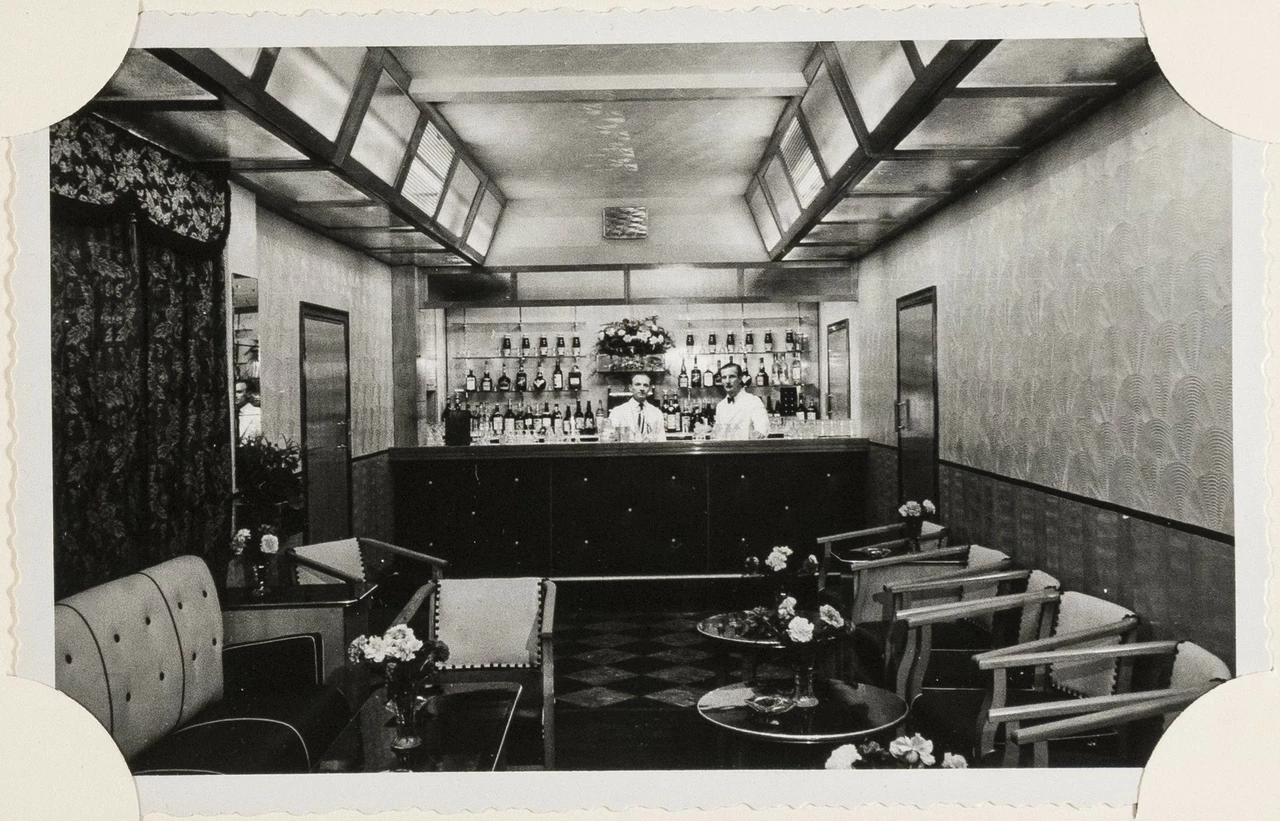
One of the tips published in Instructions for American Servicemen in Britain, a guide published by the United States’ War Department in 1942, noted:
'The British have theaters and movies (which they call "cinemas") as we do. But the great place of recreation is the "pub"'.
Did you know?
Both Churchill and Eisenhower were partial to scotch. It is said that the scotch martini was invented during this time due to a wartime shortage of vermouth, which was made in Italy and France.
Many stationed at Camp Griffiss, Bushy Park also took advantage of the park’s proximity to London, visiting bars and watching shows in London’s West End. Nightlife in London at this time included dances, jazz bands and cocktails. The ongoing threat of war led many to enjoy themselves with more abandon than they may have in peacetime!
Another attraction of the West End was its restaurants – places where food could be enjoyed without worrying about wartime rations. Back at Bushy Park, Camp Griffiss had its own kitchens tended by chefs and bakers – though, like elsewhere in Britain, they had to contend with rationing and food shortages. The American troops, however, brought over many food items not available elsewhere like chocolate and sweets, which were greatly enjoyed by local residents and those stationed in the camp.
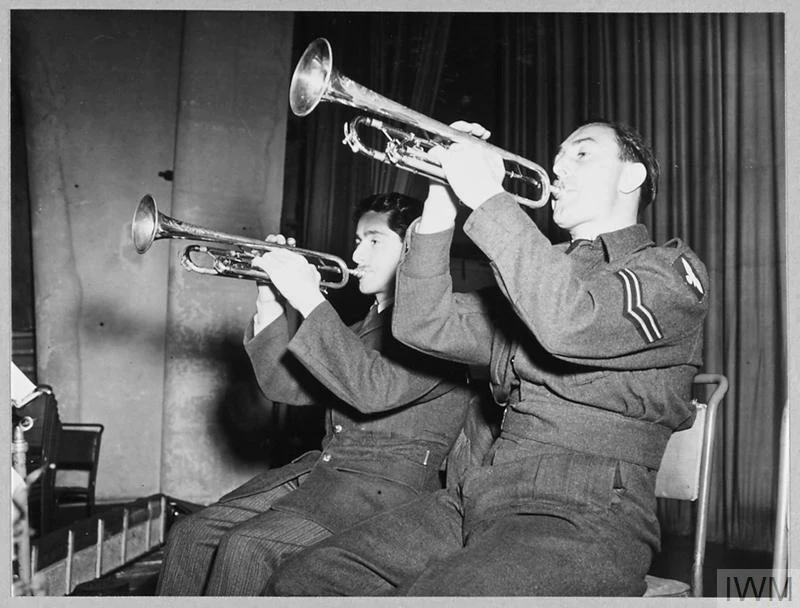
Did you know?
The humble garden weed, that can also be found in any of The Royal Parks, played a role too. Roasted dandelion roots were used as a coffee substitute during rationing, and nettles were used for their camouflage green dye, and even fabric fibres when cotton was scarce. Find out more about wonderful weeds here.
Star Power at Camp Griffiss
One of the lesser-known aspects of Bushy Park’s wartime history is the celebrity visitors it welcomed. Popular performers travelled to military bases all around the world to boost morale amongst troops, and Camp Griffiss was no exception.
Let’s take a look at some of the VIPs who visited Camp Griffiss
Fred Astaire
Remembered as the greatest dancer of all time, Fred Astaire (1899-1987) was also an actor, singer, choreographer and musician. He starred in many of the most famous musicals from the golden age of Hollywood, including Top Hat (1935), Holiday Inn (1942) and Funny Face (1957).
Astaire was too old to be drafted into the military when the Second World War broke out, but he contributed to the war effort by performing at military bases and fundraising rallies. From 1944 until 1945 he travelled around Europe on a tour organised by the United Service Organisation (USO). This included a stop at Camp Griffiss.
Although there appears to be little surviving documentation of Astaire’s visit to Bushy Park, there are photographs and film footage capturing his performances in Europe at this time – in the video below, he walks the streets of Paris in military uniform.
Astaire found the tour gruelling, writing to a friend:
‘We live in tents & old broken down dumps – no lights – heat – water – no nuthin! Its murder but the work is being done and that’s the main thing.’
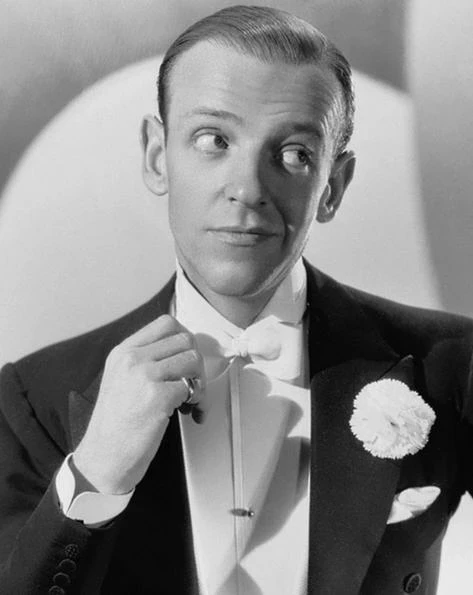
Joe Louis
On 1st June 1944, just five days before D-Day, Bushy Park welcomed a very special guest – champion boxer Joe Louis (1914-1981).
He had enlisted in the United States Army at the height of his fame, and was quickly assigned to the Special Services Division who arranged for him to tour military bases. The exhibition boxing matches Louis put on at camps in America and Europe provided much-needed entertainment and inspiration to troops.
At Bushy Park, Joan, a Private based at Bushy, was in charge of organising entertainments. She later recalled:
'The day Joe Louis put on a boxing bout, we were allowed to take one visitor. My friend and I took two dear old grand-dads waiting hopefully at the gates. We got some funny looks from the Yanks, but it really made the old chaps’ day. They were delighted.'
For many years afterwards, the lucky locals who saw Joe Louis fight talked about the famous boxer’s visit to the park!
To find out more about Joe Louis and his visit to Bushy Park, click to read our blog post.
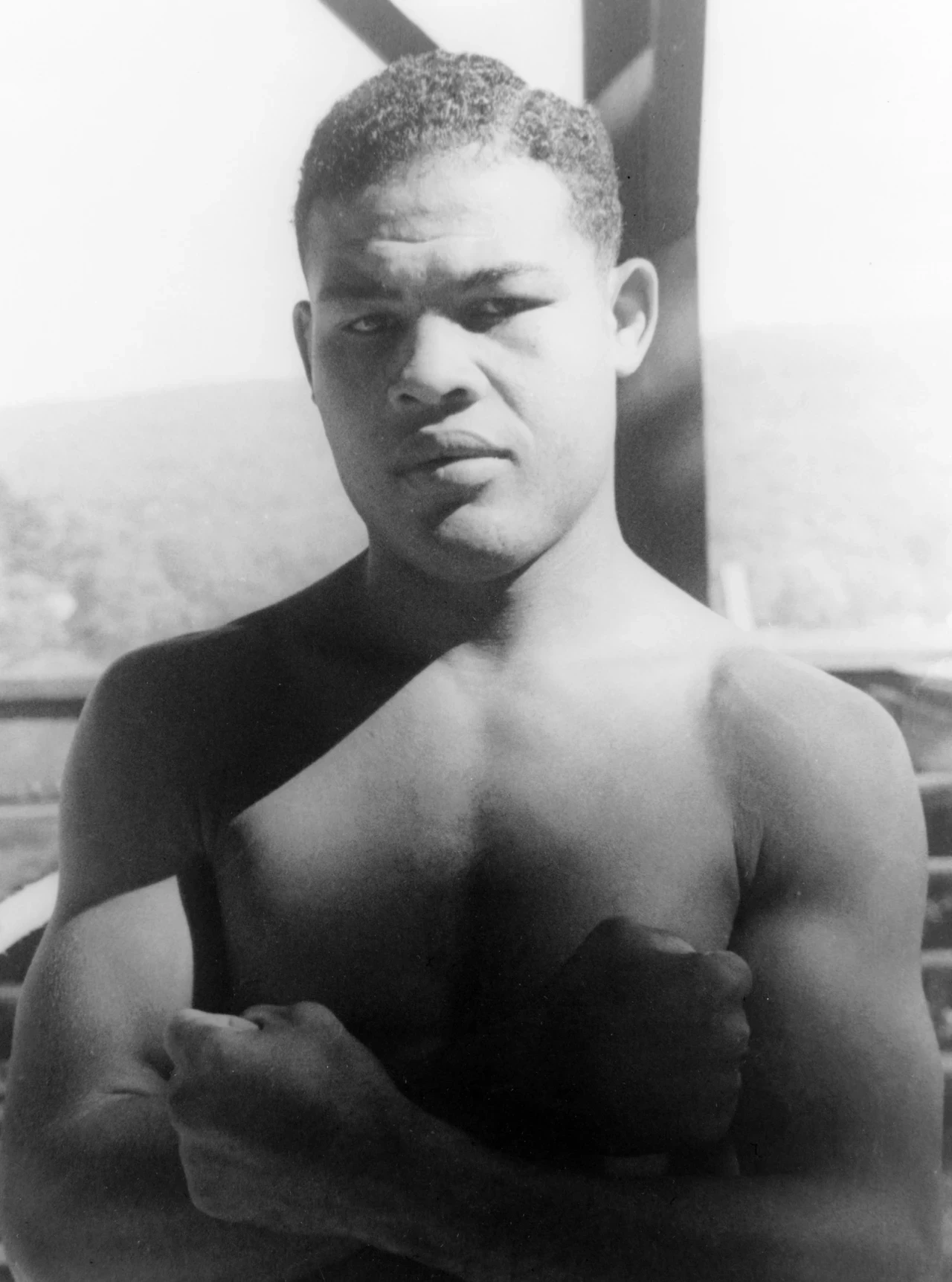
Glenn Miller
American musician Glenn Miller (1904-1944) led one of the most popular orchestras in the ‘Big Band’ era. Like Joe Louis, he volunteered to join the US military at the peak of his fame, and was soon deployed to entertain American troops serving in the Second World War.
Some of Miller’s tunes are amongst the most well-known songs of the Second World War – they include ‘In the Mood’, ‘Moonlight Serenade’ and ‘Chattanooga Choo Choo’.
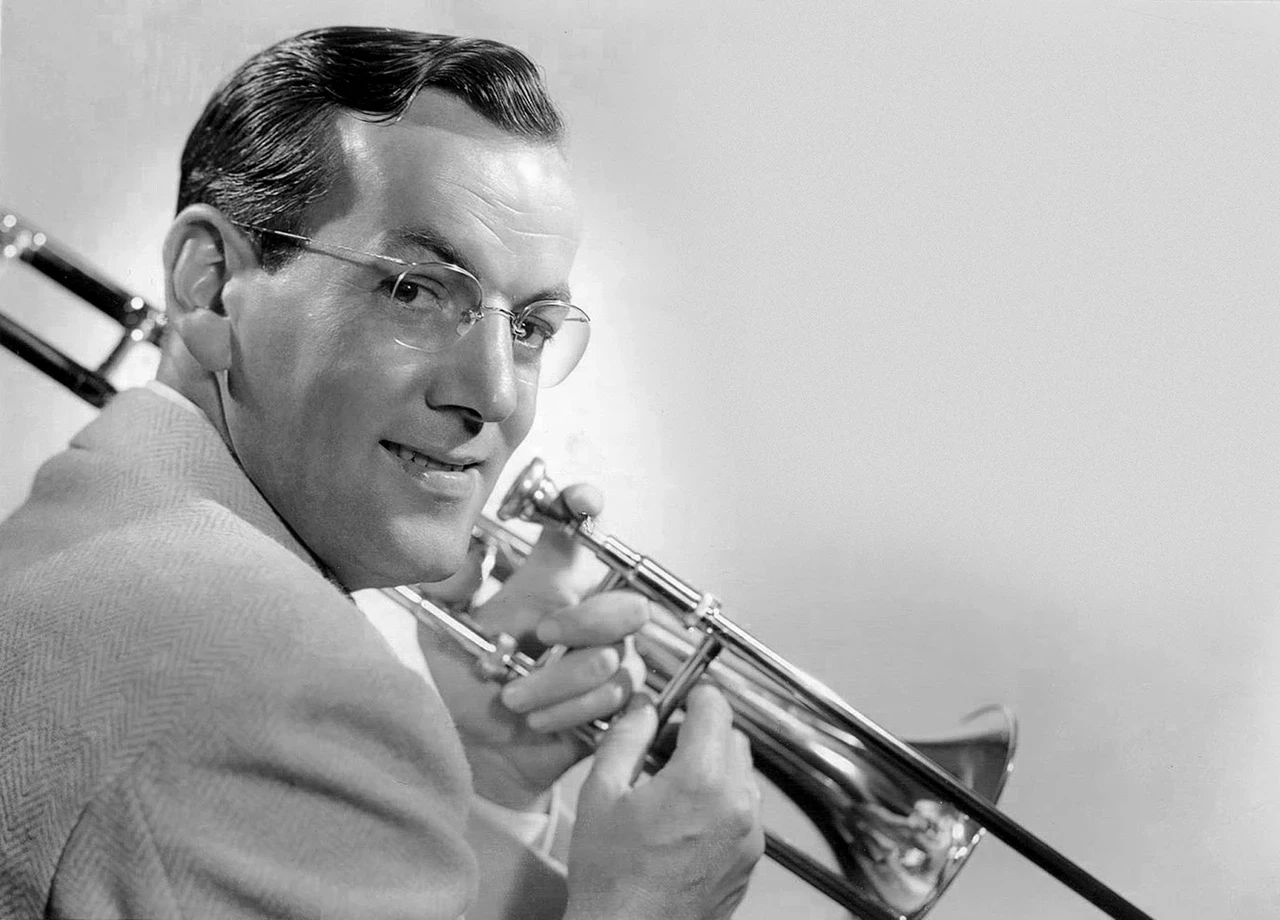
Glenn Miller visited Bushy Park in 1944. His performance made an impression on a local resident named June Parkin, who was invited to his concert at Camp Griffiss. She later recalled:
'The night I remember most is the night that Glenn Miller and His Band came to Bushy and played to us in an open-air concert during which a ‘Doodlebug’ came over.
The whole of the audience held their breath — all (apart from the band’s) heads looked skyward and watched and waited for its engine to stop. It did – and came screaming down to explode on the other side of the park, close enough for the earth to move under our feet.
But Glenn Miller and his Band played on not missing a note and carried on to finish the concert.'
Source: June Parkin, WW2 People's War. WW2 People's War is an online archive of wartime memories contributed by members of the public and gathered by the BBC. The archive can be found here.
Shortly after his appearance at Bushy Park, Glenn Miller was declared missing in action after a plane he was travelling on went down over the English Channel. His body has never been found, but he was posthumously awarded the Bronze Star Medal for heroic achievement.
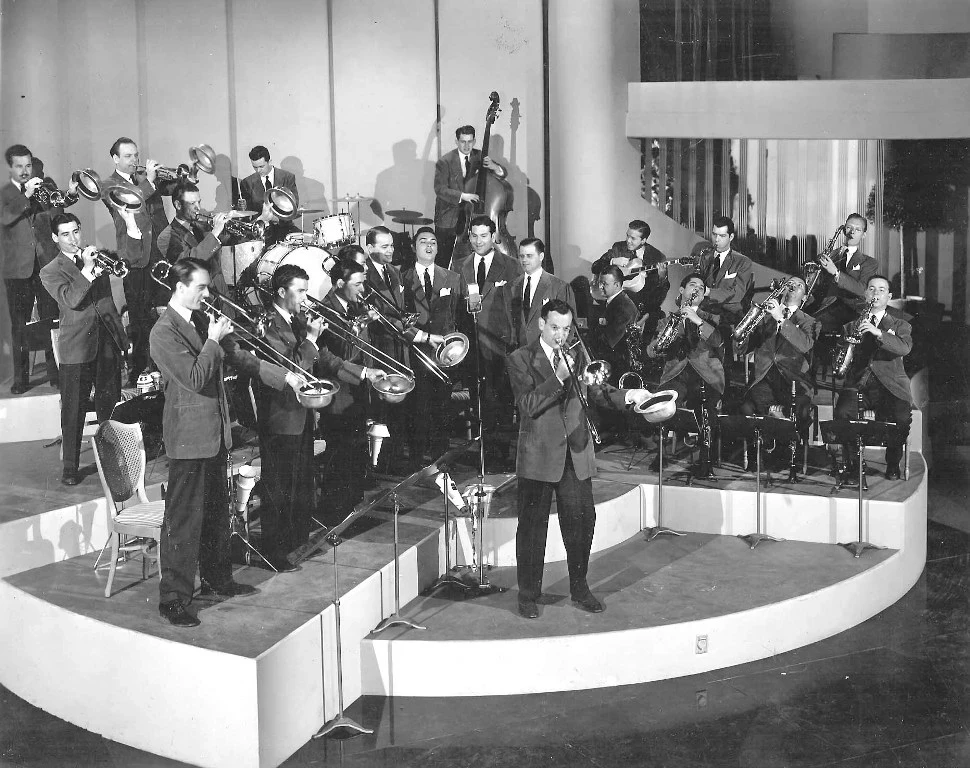
Unless otherwise stated, images on this page come from the Bushy Park archive at The Royal Parks. We have made every effort to establish the provenance of the photographs and testimonies used in this exhibition, but if you have a query about any of these items please contact us at digitalcomms@royalparks.org.uk.
Discover more of our digital exhibition Operation Bushy Park
-
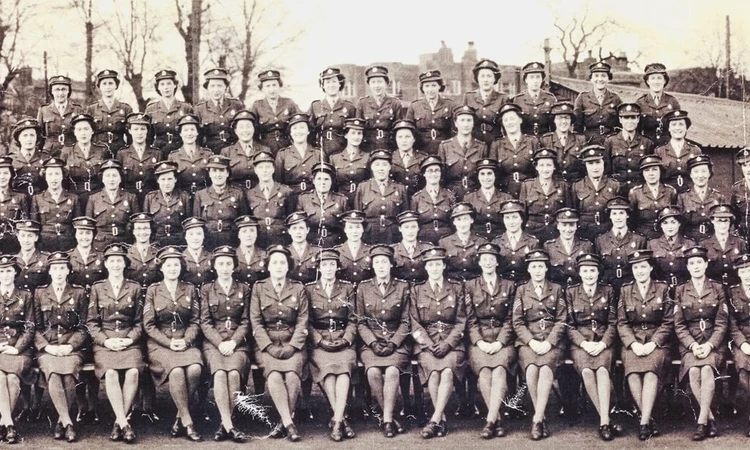
The People of Camp Griffiss
Who were the people that lived and worked in camp? Let’s explore the stories of just some of the people who called Bushy Park home in the 1940s.
-

Planning D-Day
Discover the significance of D-Day and its ties to Bushy Park. Learn about Operation Overlord and Neptune's planning.
-
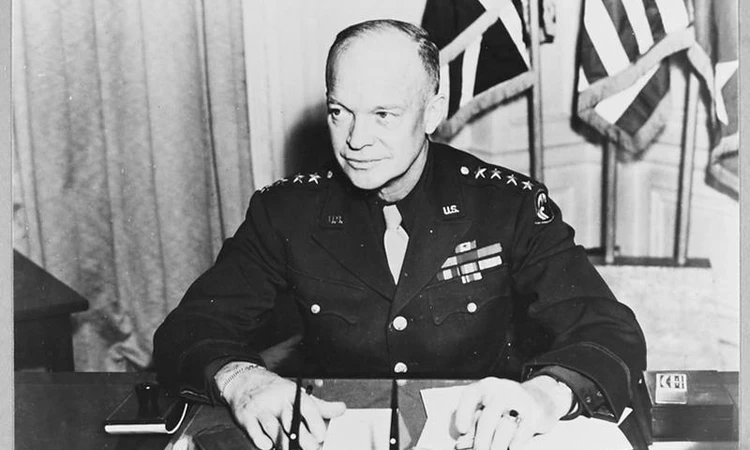
General Eisenhower in Bushy Park
Explore the pivotal role of General Eisenhower and his staff at the heart of Bushy Park in 1944, shaping history during the Second World War..
-
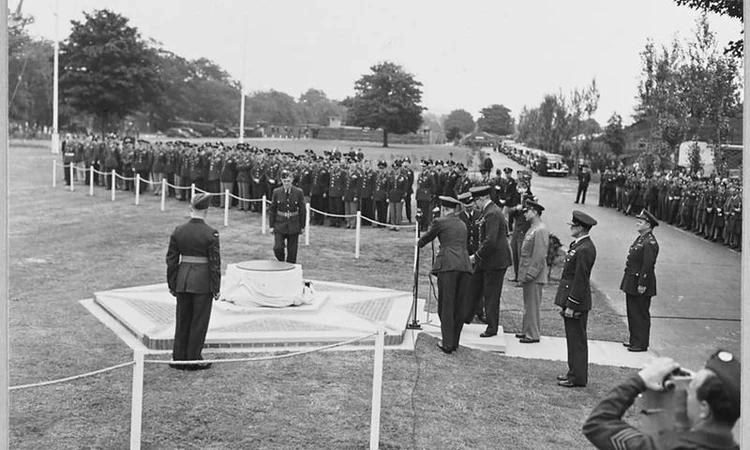
Bushy Park after the war
Discover the legacy of Bushy Park's wartime occupation, as we explore the Camp Griffiss Bushy Park site in the past, present - and future.
-
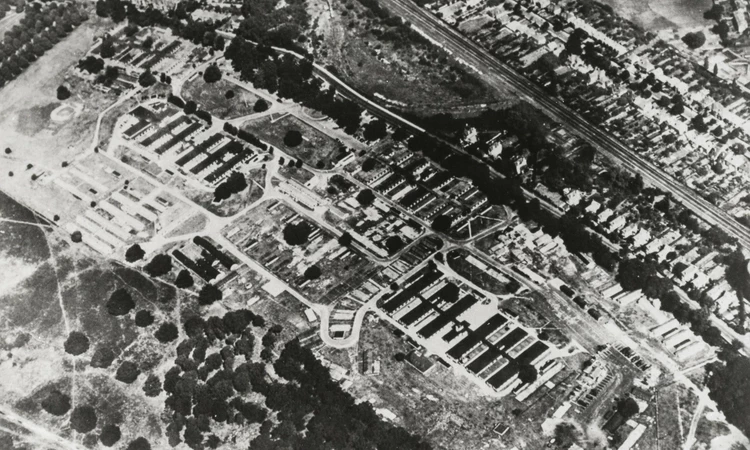
Operation Bushy Park: Plotting D-Day in a Royal Park
During the Second World War, Bushy Park was home to a sprawling military base. This is where General Eisenhower came to work on a top-secret plan...
-
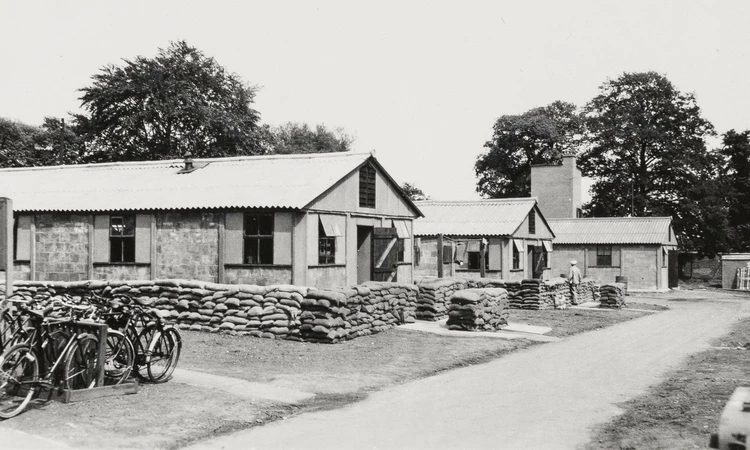
Setting up Camp Griffiss Bushy Park
When you visit Bushy Park today, nothing remains of the vast, bustling army and air force camp that used to be such a prominent feature of the park.
Related Articles
-
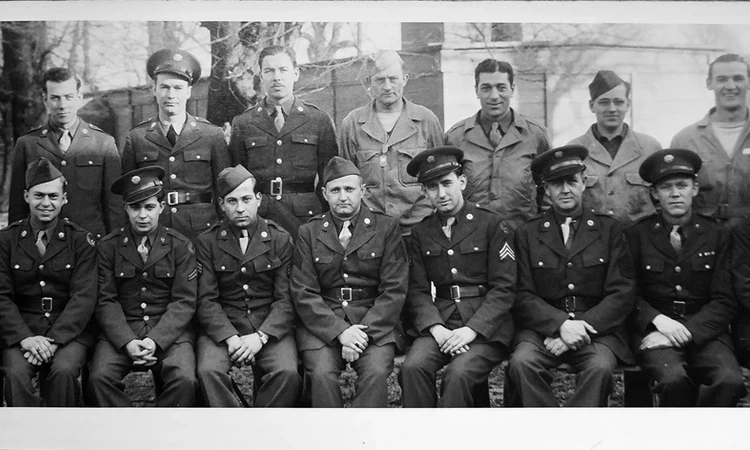 Read
ReadBushy Park's own 'Masters of the Air'
When you’re taking a walk through Bushy Park it can be hard to imagine that the park has a fascinating military past.
-
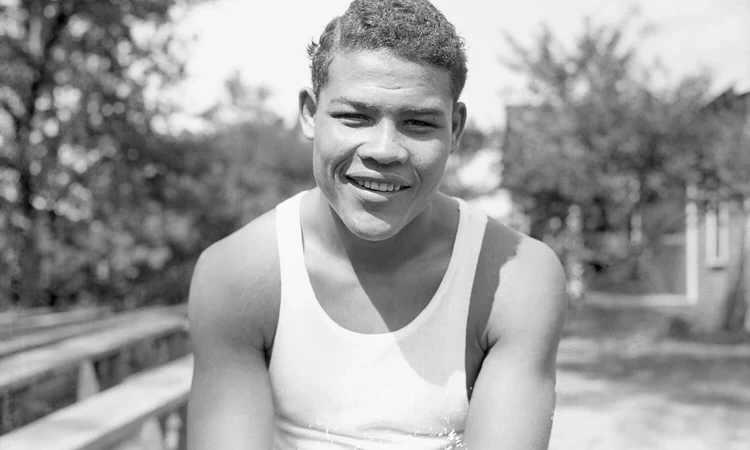 Read
ReadJoe Louis at Bushy Park
Joe Louis is remembered as one of the first black sportsmen to transcend the colour barrier, and in WW2 he made a special appearance at Bushy Park.
-
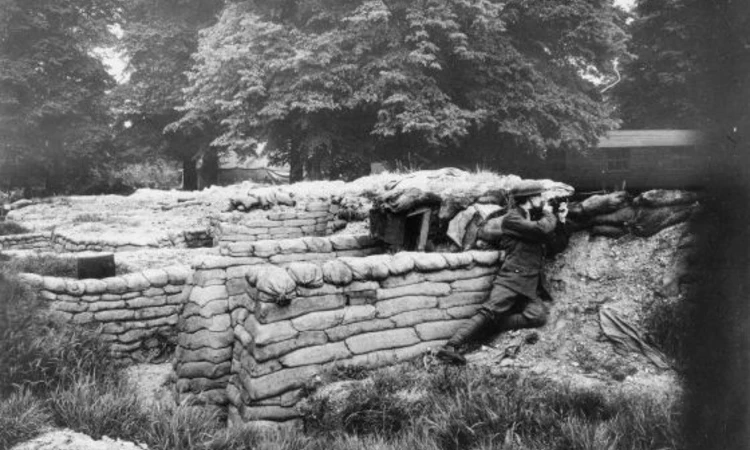 Listen
ListenHidden Stories of The Royal Parks: Parks at War
In this episode David Ivison, historical researcher for The Royal Parks Guild, explains how the Royal Parks were used during the two world wars.